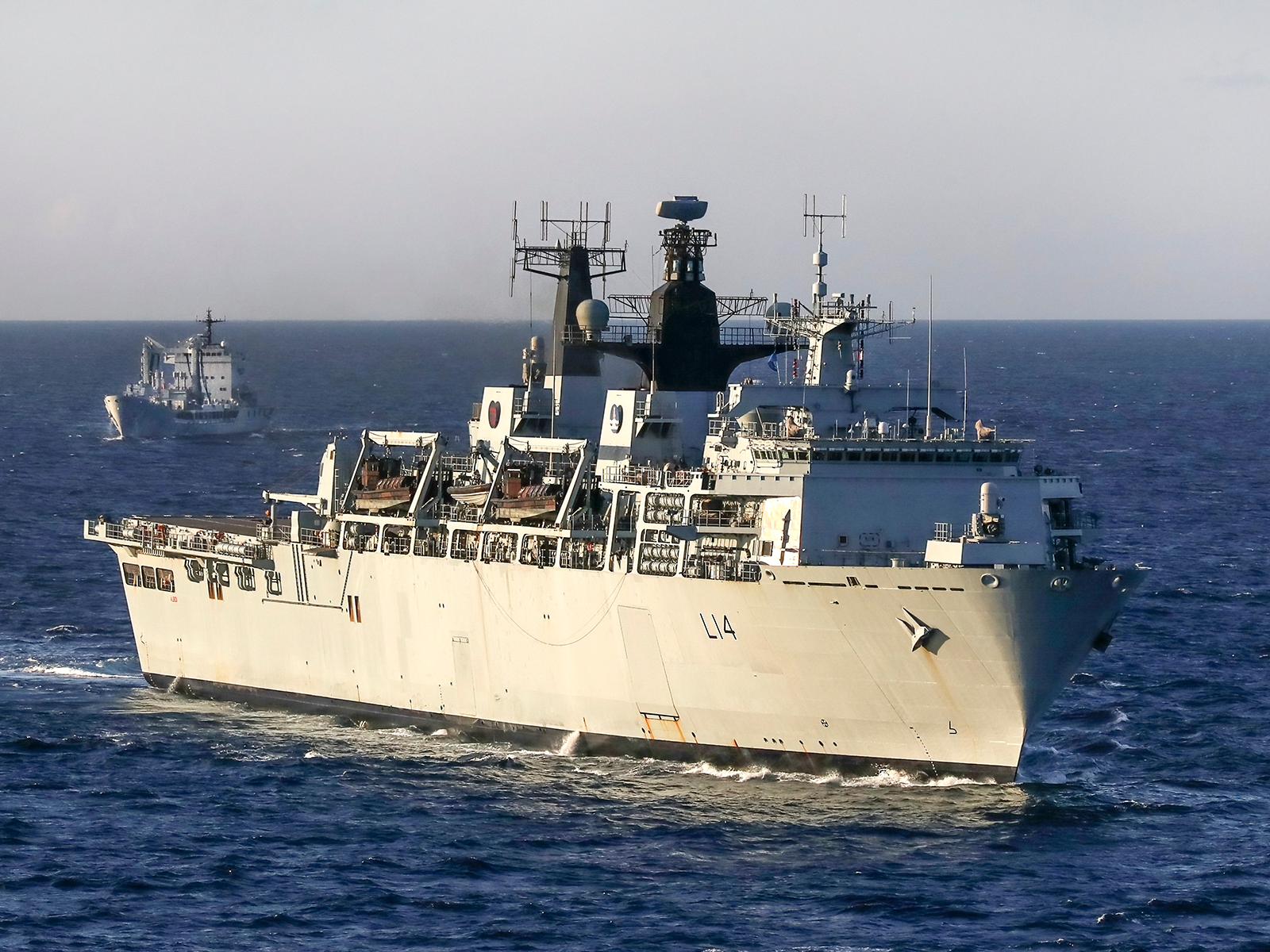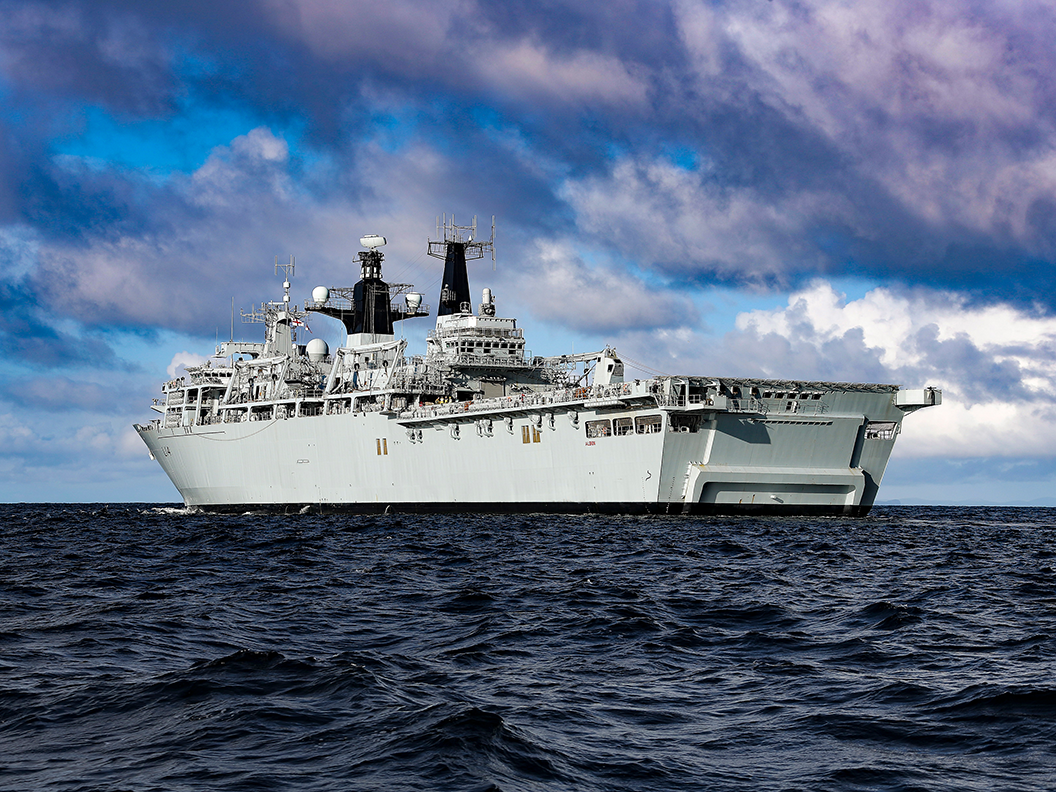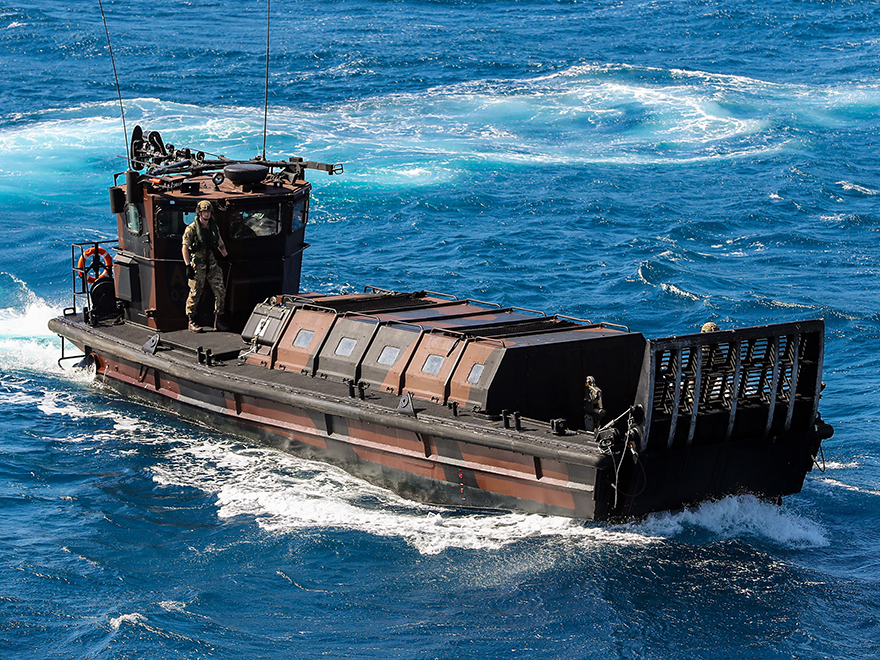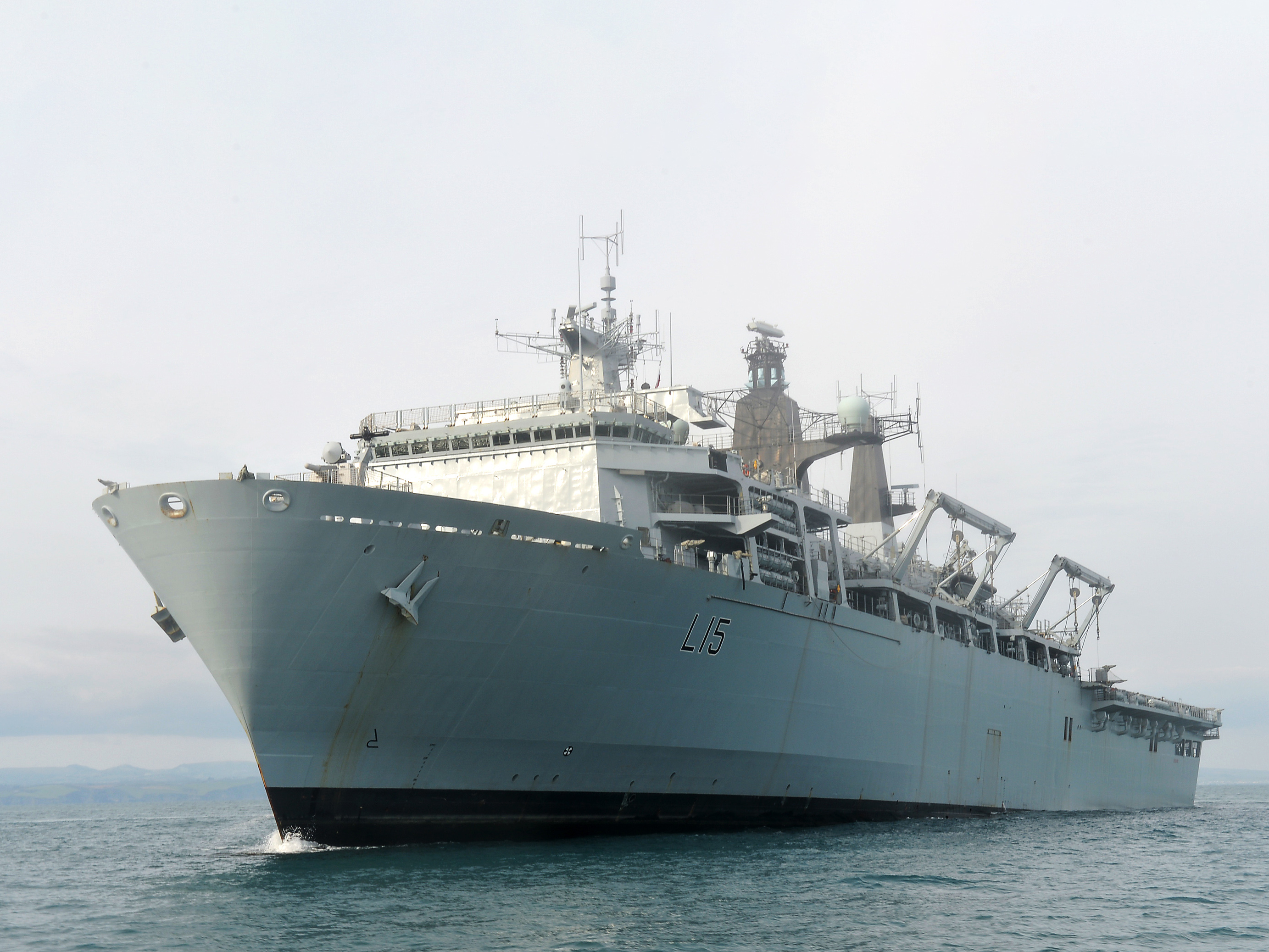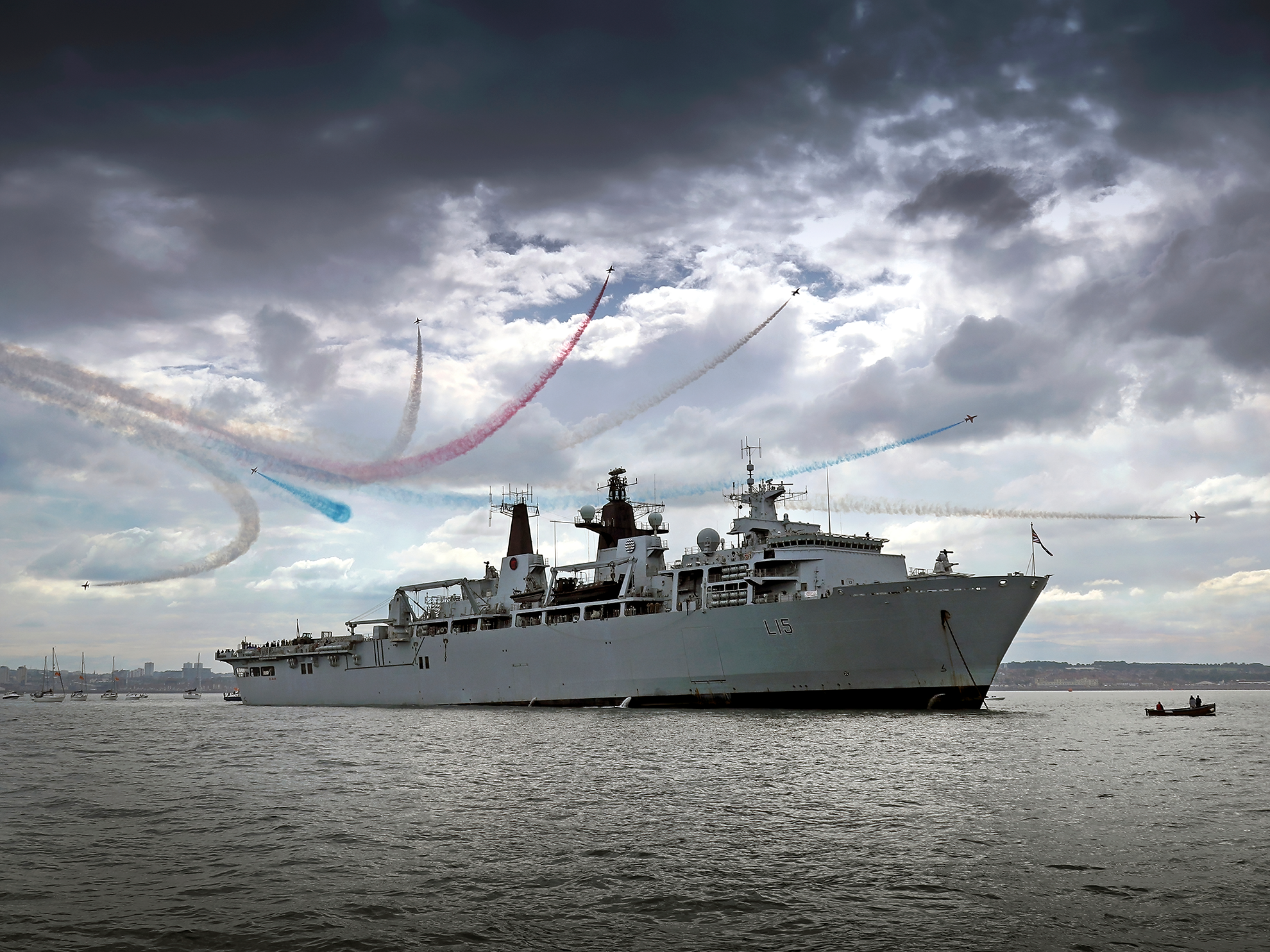Royal Navy Albion Class Amphibious Assault Ships: A Comprehensive Guide
Introduction
The Albion class amphibious assault ships are the Royal Navy’s current Landing Platform Dock (LPD) vessels, designed to embark Royal Marines, their vehicles and equipment, and deliver them ashore during amphibious operations. Comprising HMS Albion and HMS Bulwark, they replaced the earlier Fearless class in the early 2000s. These modern warships continue Britain’s long tradition of amphibious warfare capability, providing command, control and heavy lift support for expeditionary operations.
Origins and Design Development
By the 1990s, the ageing Fearless class ships were reaching the end of their service lives. The Royal Navy required modern replacements that could handle the demands of twenty-first century amphibious operations. The result was the Albion class, designed with improved command facilities, larger vehicle storage, and the ability to operate advanced landing craft and helicopters.
The ships were constructed by BAE Systems Marine and displace around 19,500 tonnes at full load, with a length of 176 metres. Their design emphasised flexibility, allowing them to embark an entire Royal Marines Commando Group along with vehicles, landing craft and stores. Unlike aircraft carriers, they are not designed for fixed-wing operations but feature extensive aviation and amphibious support facilities.
Ships of the Class
The class consists of two ships:
Both ships form the core of the Royal Navy’s amphibious task group.
HMS Albion (L14)
Launched in 2001 and commissioned in 2003, HMS Albion became the lead ship of the class. She quickly took her place at the heart of the Royal Navy’s amphibious capability, embarking Royal Marines for exercises and deployments across the globe.
Albion has frequently acted as a flagship for amphibious task groups. Her well dock can carry up to four Landing Craft Utility (LCU) and several smaller landing craft, enabling the rapid delivery of vehicles, troops and supplies directly onto a beach. She also features a large vehicle deck capable of holding main battle tanks, armoured personnel carriers and lighter vehicles.
She has been deployed on NATO exercises, humanitarian missions, and overseas operations, including the Mediterranean and the Gulf. As of today, Albion remains in active service as one of the Royal Navy’s most important amphibious platforms.
HMS Bulwark (L15)
HMS Bulwark, the second ship of the class, was commissioned in 2004. She shares the same design and capabilities as her sister but has developed her own distinguished service record.
Bulwark has deployed extensively with NATO and coalition forces, operating in the Mediterranean, Middle East and beyond. She has also played a central role in humanitarian relief, including operations to rescue migrants in the Mediterranean and to provide disaster aid.
Like Albion, she can embark a full Commando Group, making her indispensable to Britain’s amphibious strike capability. Bulwark, however, is currently held at extended readiness, with only one ship of the class usually active at a time to reduce costs.
Technical Features
The Albion class ships incorporate a wide range of advanced amphibious features:
Displacement: Around 19,500 tonnes full load.
Length: 176 metres.
Propulsion: Diesel electric engines powering two shafts, speed up to 18 knots.
Well Dock: Large floodable dock capable of operating four LCU Mk10 landing craft.
Vehicle Deck: Around 500 linear metres of space, able to carry main battle tanks, trucks and lighter vehicles.
Troop Capacity: Up to 405 Royal Marines permanently embarked, with overload capacity exceeding 700.
Helicopter Operations: Flight deck large enough for two Chinook helicopters to operate simultaneously, supported by Merlin or Wildcat helicopters.
Command Facilities: Equipped with advanced command and control systems, serving as headquarters for joint amphibious operations.
Operational Role and Legacy
The Albion class forms the backbone of the Royal Navy’s amphibious warfare capability in the modern era. Designed for versatility, they can support large-scale amphibious assaults, humanitarian missions and peacekeeping operations.
HMS Albion and HMS Bulwark have both served as flagships of the Royal Navy, reflecting their central role in joint operations. They are often deployed alongside Bay class landing ships and aircraft carriers as part of an expeditionary task group, giving Britain the ability to project significant force overseas.
The class continues to serve into the 2020s and is expected to remain in operation for at least another decade. Their longevity highlights their robust design and their continuing importance in British defence strategy.
Summary at a Glance
HMS Albion - Commissioned 2003 - In active service
HMS Bulwark - Commissioned 2004 - Extended readiness, reserve
Conclusion
The Albion class amphibious assault ships are the embodiment of modern Royal Navy amphibious capability. Purpose-built to embark Royal Marines and their equipment, they provide the flexibility to conduct combat operations, disaster relief and humanitarian support worldwide. HMS Albion and HMS Bulwark continue the tradition set by the Fearless class, ensuring that Britain maintains a world-class expeditionary force at sea.


